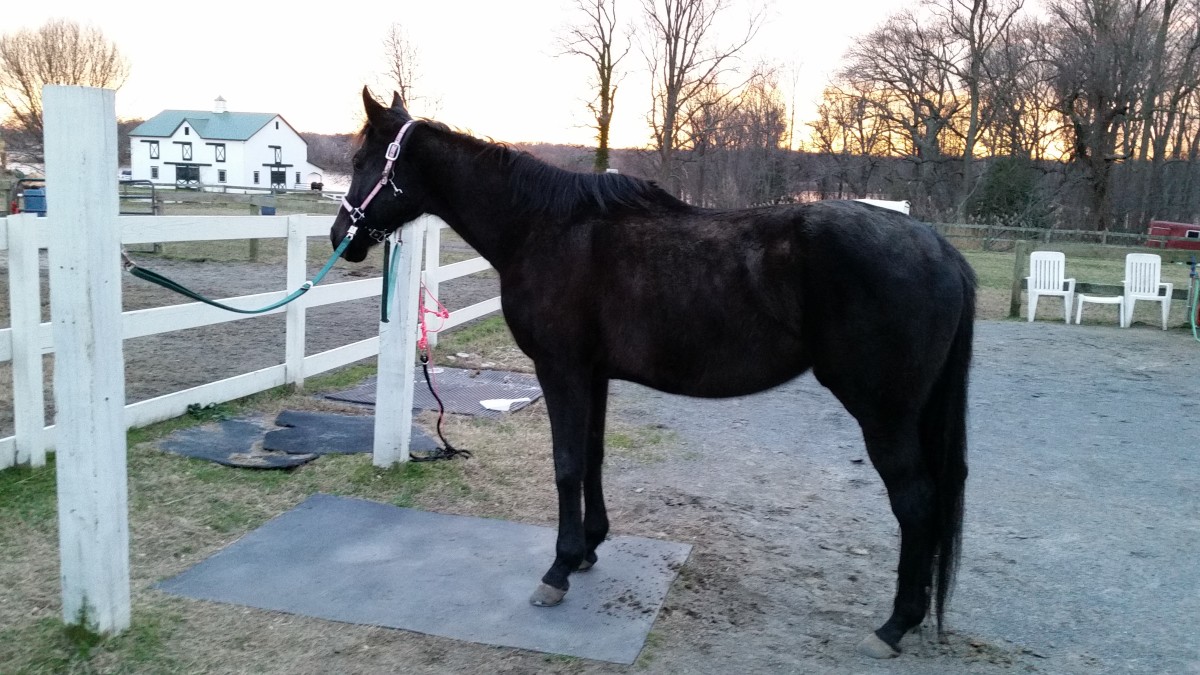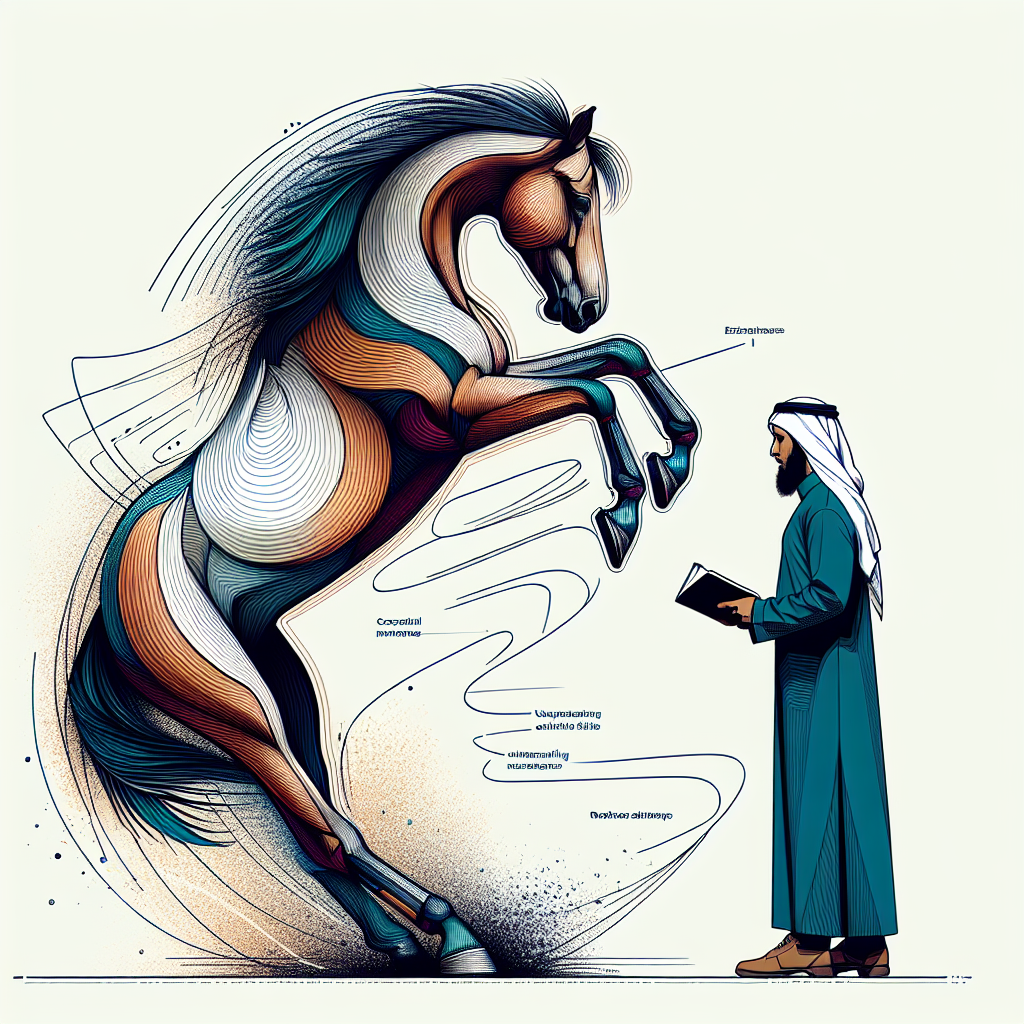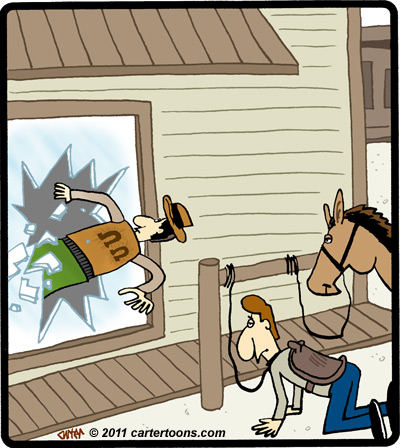Correcting Stall Kicking and Banging by Your Horse

Stall kicking and banging are common behavioral issues in horses that can cause injury to the animal, damage to the stall, and stress for both horse and owner. Understanding the causes and implementing effective correction strategies is essential for maintaining a safe and comfortable environment.
Understanding Stall Kicking and Banging

Stall kicking involves a horse repeatedly striking the stall walls or door with its hind legs, while stall banging refers to the horse forcefully hitting the stall with its body or front legs. Both behaviors can stem from boredom, anxiety, discomfort, or a desire for attention.
Common Causes
| Cause | Description |
|---|---|
| Boredom | Lack of mental and physical stimulation |
| Anxiety | Stress due to environment or separation |
| Discomfort | Pain or irritation from ill-fitting tack or health issues |
| Attention Seeking | Horse learns that kicking gets a reaction |
Signs to Watch For
- Repeated loud noises from the stall
- Visible damage to stall walls or doors
- Signs of injury on the horse’s legs or body
- Restlessness or pacing inside the stall
Effective Correction Strategies
1. Environmental Enrichment
- Provide toys, mirrors, or treat dispensers to reduce boredom.
- Increase turnout time to allow natural movement and socialization.
2. Addressing Anxiety and Discomfort
- Ensure the stall is comfortable, clean, and free from drafts.
- Check for health issues or pain that might cause agitation.
- Use calming supplements or pheromone sprays if appropriate.
3. Training and Behavior Modification
- Use positive reinforcement to reward calm behavior.
- Implement consistent routines to reduce stress.
- Avoid punishing the horse harshly, as this can increase anxiety.
4. Stall Modifications
- Install protective padding or kickboards to minimize injury and damage.
- Use solid stall fronts to reduce visual stimuli that may trigger kicking.
Frequently Asked Questions (FAQ)
Q1: How long does it take to correct stall kicking?
A: Correction time varies depending on the horse and underlying causes but typically ranges from a few weeks to several months with consistent management.
Q2: Can stall kicking cause long-term damage?
A: Yes, it can lead to injuries such as bruises, cuts, or even fractures, and damage to the stall structure.
Q3: Should I use punishment to stop stall kicking?
A: Punishment is generally not recommended as it can increase stress and worsen the behavior. Positive reinforcement and environmental management are more effective.
Summary Table: Causes and Solutions
| Cause | Solution |
|---|---|
| Boredom | Provide enrichment and increase turnout time |
| Anxiety | Improve stall comfort and use calming aids |
| Discomfort | Address health issues and check tack fit |
| Attention Seeking | Use positive reinforcement and ignore bad behavior |
By understanding the root causes and applying these strategies, you can effectively reduce or eliminate stall kicking and banging, ensuring a safer and more peaceful environment for your horse.
Would you like me to help improve the clarity or tone of this article? Or perhaps add more detailed training exercises?
